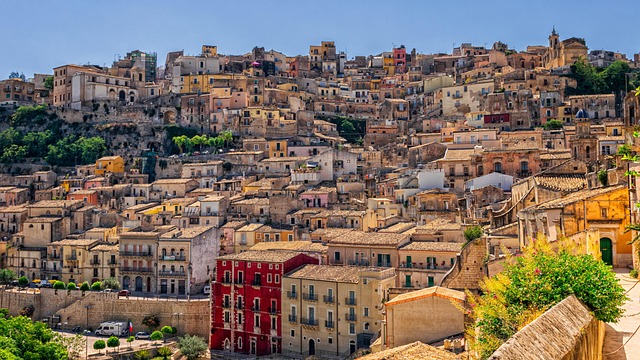Italy by Rail: Discovering the Heart of Europe
Embarking on a railway journey through Italy offers an unparalleled opportunity to experience the country's rich cultural tapestry, stunning landscapes, and historical treasures. From the snow-capped Alps in the north to the sun-drenched shores of Sicily, Italy's extensive rail network connects travelers to centuries of art, architecture, and culinary excellence while providing a sustainable and comfortable way to explore this fascinating nation.

How Did Railways Shape Modern Italy’s Development?
The Italian railway system, dating back to 1839 with the Naples-Portici line, played a crucial role in Italy’s unification and industrial development. The railways connected previously isolated regions, facilitating cultural exchange and economic growth. Today’s network, spanning over 16,000 kilometers, continues to serve as the backbone of Italian transportation, linking major cities and remote villages alike.
What Are Italy’s Most Scenic Rail Routes?
The Bernina Express, connecting Italy’s Tirano to Switzerland’s St. Moritz, offers breathtaking Alpine views and UNESCO World Heritage status. The Circumetnea Railway circling Mount Etna provides dramatic volcanic landscapes, while the coastal route from La Spezia to Cinque Terre reveals stunning Mediterranean vistas and colorful cliff-side villages that have captivated travelers for generations.
Which Italian Cities Are Best Connected by Rail?
Italy’s high-speed rail network efficiently connects major cultural centers. The Milan-Rome-Naples corridor serves as the primary artery, with trains reaching speeds of 300 km/h. Florence, Venice, and Bologna form additional hubs, allowing travelers to explore multiple destinations within days. Regional trains complement these routes, providing access to smaller towns and rural areas.
How Does Train Travel Enhance Cultural Exploration?
Train travel in Italy offers unique opportunities for cultural immersion. Each region showcases distinct architectural styles, from Milan’s Gothic cathedral to Rome’s ancient ruins, visible from train windows. Station buildings themselves often reflect local historical periods, serving as gateways to each destination’s unique character.
What Regional Cuisines Can You Discover Along Rail Routes?
Italian rail routes connect travelers to diverse regional cuisines. Bologna’s fresh pasta traditions, Venice’s seafood specialties, and Sicily’s Arab-influenced dishes are all accessible by train. Many stations feature local food markets or traditional restaurants nearby, allowing travelers to sample authentic regional specialties between connections.
What Are the Best Rail Pass Options for Italian Travel?
| Pass Type | Coverage | Approximate Cost (EUR) |
|---|---|---|
| Eurail Italy Pass (3 days) | All Italian trains | 159 |
| Trenitalia Pass (3 days) | National network | 129 |
| Regional Pass (3 days) | Single region | 45 |
Prices, rates, or cost estimates mentioned in this article are based on the latest available information but may change over time. Independent research is advised before making financial decisions.
Train travel remains one of the most rewarding ways to explore Italy, offering a perfect blend of efficiency, comfort, and authenticity. Whether traversing the country’s length or exploring a single region, rail journeys provide an intimate perspective on Italy’s diverse landscapes and cultural heritage, making them an essential part of any Italian adventure.




